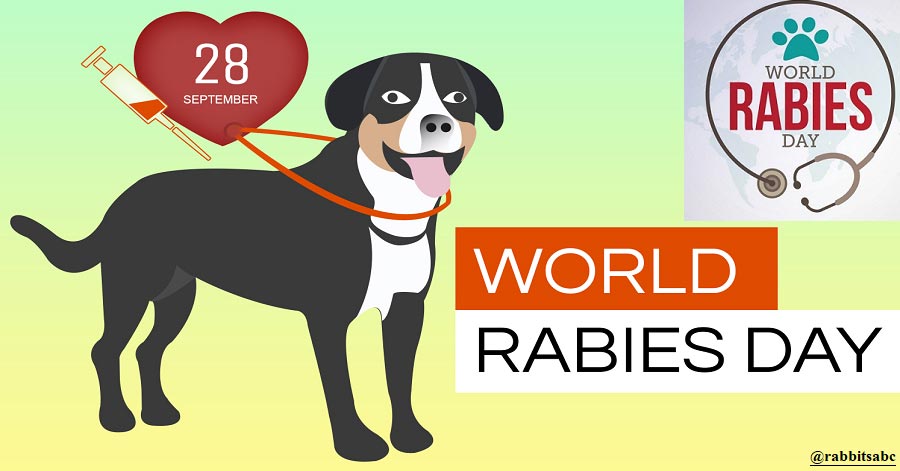
World Rabies Day September 28:
World Rabies Day is celebrated every year on September 28. This day is first celebrated on the occasion of the death anniversary of rabies vaccine microbiologist and French chemist Louis Pasteur. On this day, various programs are conducted to raise public awareness about rabies and reduce their risk.
This day has been celebrated since 2007. The World Health Organization aims to end rabies by 2030. Rabies is a zoonotic and viral disease that can be prevented through vaccination. The disease is caused by an RNA virus that affects a nerve called Lisa. According to the World Health Organization 2020, more than 150 countries and regions around the world are at risk of rabies. According to the organization, most people die from rabies-infected dogs.
In other words, dogs are the main source of rabies transmission to humans. According to the organization, dog bites are 99 percent the cause of rabies in humans.
Bats-transmitted rabies is the leading cause of death in the United States. Bats-transmitted rabies is also a growing problem in Australia and Western Europe. According to the National Health Portal of India 2019, rabies infection kills around 59,000 people worldwide every year. In India alone, an estimated 20,000 people die from the disease each year. More than 95 percent of all rabies deaths are in Asia and Africa. About 80 percent of those infected with rabies live in rural areas.
The World Health Organization (WHO) estimates that the disease costs US à¤à¤ 8.6 billion annually worldwide. In addition, about 40 percent of rabies patients are children under the age of 15, according to the organization's website. The disease is most often transmitted by dog ââbites, but in some cases by biting orbiting. Every year, 29 million people worldwide are vaccinated against rabies.
According to the Epidemiology and Disease Control Division, 100 people die of rabies in Nepal every year. Most of the victims are children. About half of Nepal's population is at high risk of the disease and a quarter of the population is at moderate risk. In Nepal, many people die because there is no awareness of the need to be vaccinated against rabies if a dog bites them and even those who are aware ignore it. The Government of Nepal has been distributing rabies vaccines free of cost.
Symptoms seen in dogs:
The virus infects the central nervous system. Therefore, a dog with rabies behaves differently than a normal dog. Infected dogs show symptoms such as biting without reason, eating unnatural objects (wood, forks, etc.), running erratically for no reason, and not being able to make a sound. It also removes excessive swabs.
Symptoms are seen in humans:
Depending on the location of the virus, the depth of the wound, the person's immune system, and the extent of the virus, symptoms may appear sooner or later. Symptoms usually appear within two to three months. Initially, there is a fever with pain and symptoms like burning in the bite site. In addition, the patient may experience symptoms such as fear of water and light, fear of wind, and anger. It causes sores on the eyes, nose, mouth, and body, which can spread to other people. The disease affects the nervous system as well as the respiratory system.
Solution:
The disease can be cured by vaccinating the dog against rabies and vaccinating the person bitten by the dog against rabies. In addition to this, if you can avoid the bite of the dog by staying away from the dog, do not push the dog, etc., you can also avoid this disease. According to the World Health Organization, the disease can be prevented by cleaning the wound with soap and water as soon as the dog bites. It is very important to consult a doctor once the wound has been cleaned with soap and water. The dog dies within 10 days of being bitten. The disease is cured if the patient is vaccinated three times within that time.
Once the symptoms of rabies appear, the patient has a 100 percent chance of dying. In such a situation, nothing can be done but to keep the patient away from physical distress and mental anxiety.
Many areas can be saved from rabies by drawing attention to rabies, conducting community education, conducting awareness programs, setting up vaccination camps, and so on.
(Author- Ram Chandra Wagle: Researcher, MSc, Department of Zoology, Postgraduate Campus, Biratnagar.)





